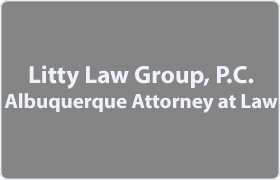House Bankruptcy Lawyer, New Mexico, page 2
Sponsored Law Firm
-
 x
x

Click For More Info:
-
Litty Law Group, P.C.
500 Marquette Ave NW Suite 1200 Albuquerque, NM 87102» view mapBankruptcy & Debt and Immigration Law Albuquerque’s Attorney
I’m Jon Litty and I’m here to serve you, Albuquerque! I will fight to get you what you rightfully deserve.
505-862-5061
Includes: Bankruptcy Litigation, Commercial Bankruptcy, Consumer Bankruptcy, Dissolution
Not enough matches for House Bankruptcy lawyer.
Below are all House lawyers.
 Jon Litty Albuquerque, NM
Jon Litty Albuquerque, NM Practice AreasExpertise
Practice AreasExpertise
